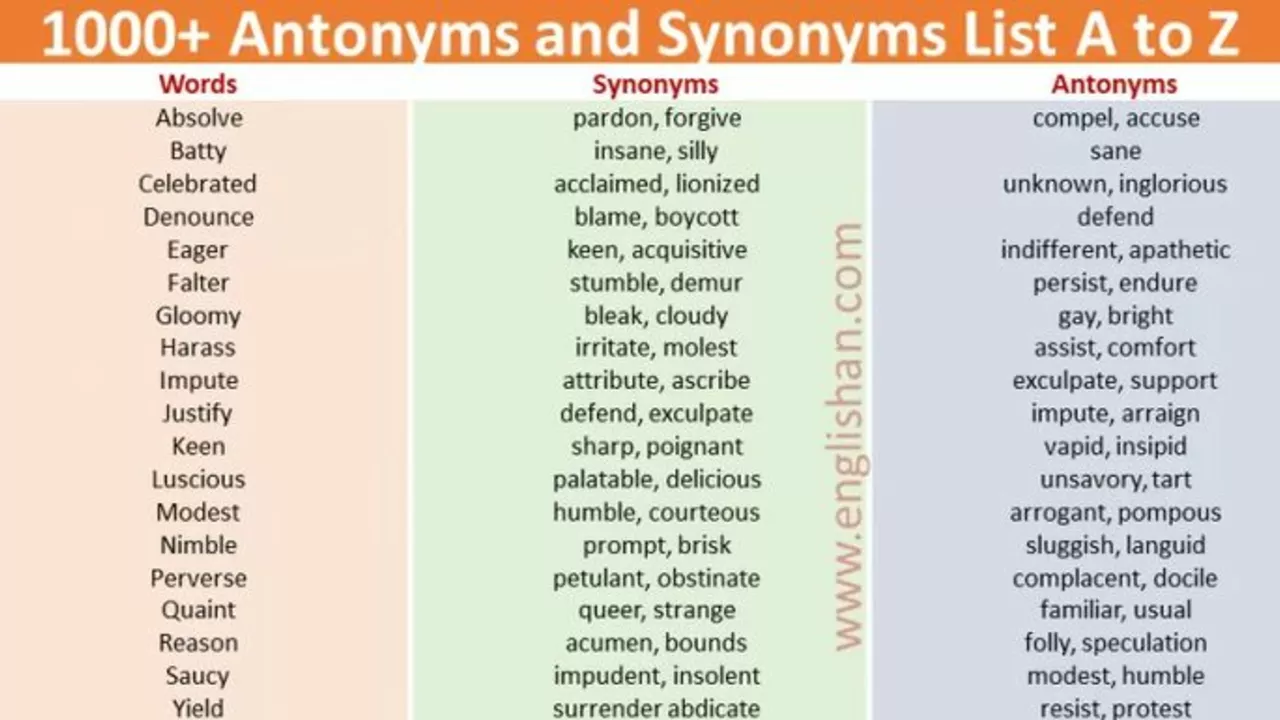Feasible Ideas and Projects: Find What Really Works
Ever have a spark of an idea and wonder if it will actually fly? The word feasible is the shortcut you need. It simply means "can be done" without blowing up your budget or timeline. In this guide we break down what makes something feasible, give you a quick checklist, and share everyday examples so you can tell right away if a plan is worth chasing.
What Does Feasible Mean?
Feasibility is a reality check. It asks three basic questions: Can you build it? Do you have the money? Will people use it? If the answer is yes to all three, you’re in the green zone. Think of a new app idea. You need the technical skills (or a partner who has them), the cash to pay developers or a subscription service, and a market that actually wants the app. Skip any idea that fails one of those checks and you save time.
Simple Steps to Test Feasibility
1. List the resources you need. Write down every tool, skill, and piece of equipment required. Then compare that list with what you already have. If you need a 3‑D printer and you don’t own one, ask if renting or outsourcing is cheaper than buying.
2. Sketch a rough budget. Don’t get tangled in spreadsheets; just estimate big costs like materials, labor, and marketing. Add a 20% cushion for surprises. If the total is higher than the amount you’re willing to spend, the idea isn’t feasible right now.
3. Talk to potential users. A quick survey or a casual chat can reveal whether people actually need what you’re offering. If half of the people you ask say they’d never use it, it’s a red flag.
4. Prototype fast. Build the simplest version that works—often called a Minimum Viable Product (MVP). This could be a paper sketch, a clickable mock‑up, or a cheap DIY model. If you can make an MVP in a weekend, that’s a strong sign the idea is feasible.
5. Check the timeline. How long will each step take? If you need six months to get a basic version but the market is moving faster, you’ll miss the window. Aim for projects that can deliver something useful within a realistic time frame.
Putting these steps together forms a quick “feasibility scan.” You can run it on any new concept—whether it’s a tech gadget, a side‑hustle service, or a classroom activity.
Real‑world examples:
- Smart garden kit: Needed a microcontroller, sensors, and a simple app. The maker already owned an Arduino and could order cheap sensors online. Budget stayed under $50, users loved the idea, and a prototype was built in two days. Feasible!
- AI‑powered legal chatbot: Required advanced AI models, legal expertise, and heavy compliance checks. The costs were in the six‑figure range and the timeline stretched over a year. Not feasible for a solo founder.
- Local tutoring marketplace: Needed a website, a few initial tutors, and a small ad spend. All resources were affordable, and a pilot ran in one month with 30 sign‑ups. Feasible and ready to scale.
Notice how the first and third ideas passed the resource, budget, user, and timeline checks. The second one failed on budget and expertise, so the creator either needed investors or a partnership before moving forward.
Next time you catch a new idea, run this quick feasibility scan. It will weed out the wild dreams and keep the practical ones moving toward real results. Remember, an idea is only as good as its ability to be built, funded, and used. If it ticks those boxes, you’ve got a feasible project on your hands.

What are some synonyms for 'feasible'? - English words?
In the vast world of English vocabulary, there are several synonyms for the word 'feasible'. These include 'possible', 'doable', 'achievable', and 'practical', among others. Each of these words carries the same core idea of something being capable of being done or carried out. So, next time you're looking for a way to say that something is feasible, remember that there's a whole list of alternatives at your disposal!